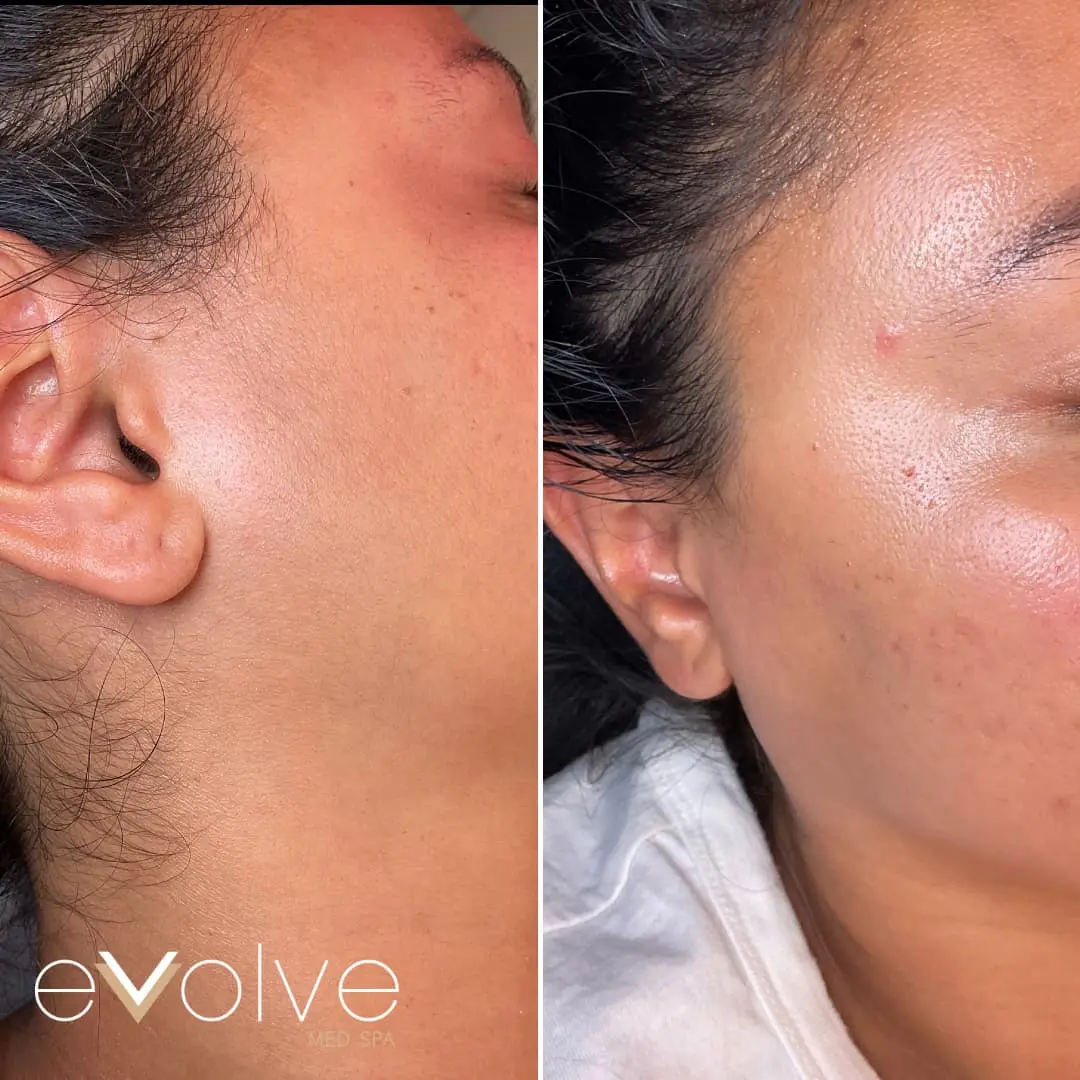PRF Gel is here! Smooth fine lines and achieve subtle volume with natural filler. Learn more!
Coming Summer 2025! Bridgewater, NJ & Lancaster, PA. Join our waitlist for early access to opening deals!
Refer a friend, and both you and the person you refer will get $50 off your visit($250 minimum purchase). Learn more!


